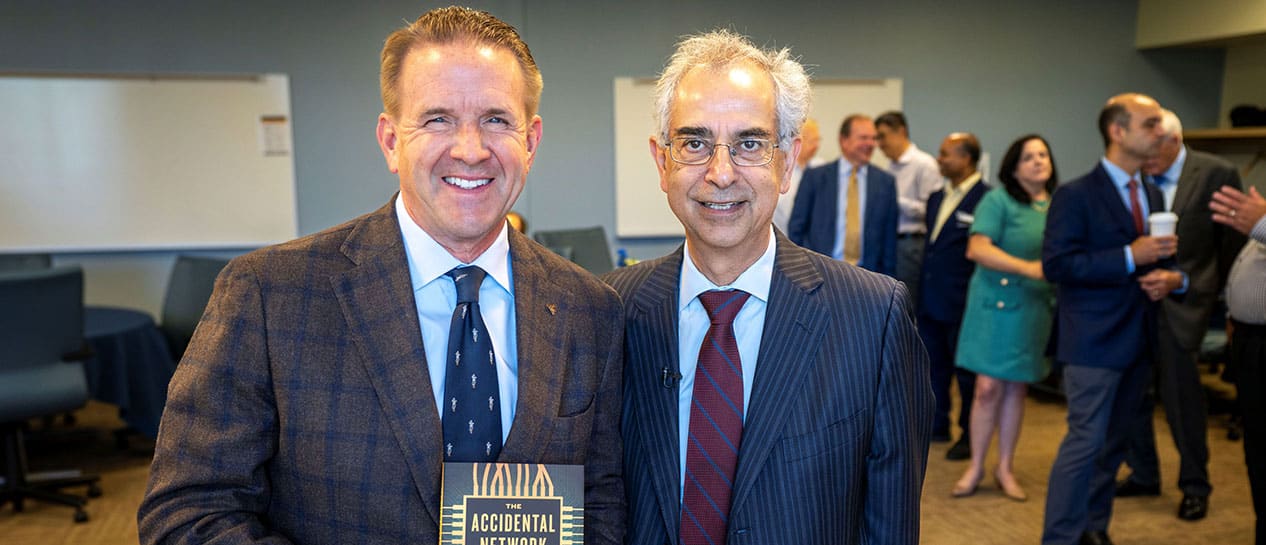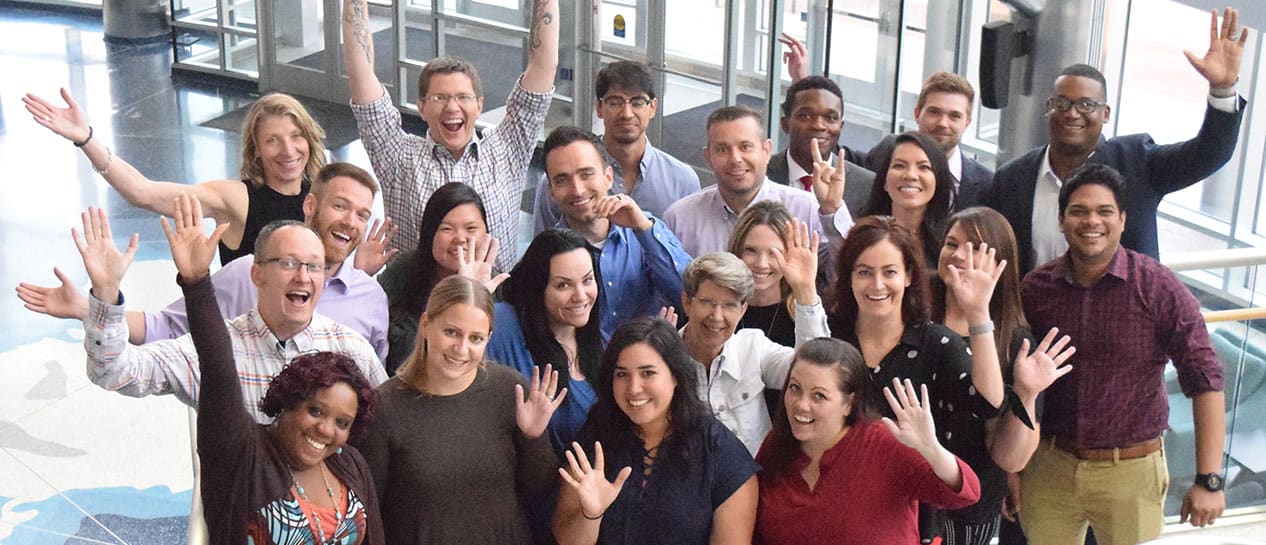When intrapreneurs hit a wall with their ideas, it’s typically not because their idea is bad. It’s that they fail to gain the necessary support from business leaders and other stakeholders to actually make things happen.
If you are keen to launch your idea in 2022, here are 8 tips you can apply to improve your chances of success.
1. Focus on Fuel and Friction
When you launch a new idea, two opposing forces are at play. There are forces that propel the idea, which David Schonthal calls “Fuel” in his new book, The Human Element. Fuel is anything that makes an idea more attractive and compelling- the features and benefits as well as way that it is communicated.
There are forces that oppose change, such as inertia, effort, resistance, and emotion, called “Frictions.” We may not see them, but they are there, quietly acting as drag on innovation. Most people operate on an assumption that the best way to sell an idea is to heighten the appeal, to add Fuel. We instinctively believe that if we add enough value, people will say “yes.” And if people reject our offer, we believe it is because there’s insufficient Fuel.
But by focusing on Fuel to enhance attraction, we neglect the other half of the equation—the Friction that works against the change. Ignoring Friction is like building an airplane without taking aerodynamics into account, and only thinking about the power of the engines, so it’s no wonder that so few new ideas take flight. From now on, focus on overcoming the Frictions as much as you focus on adding Fuel.
2. Collaborate with Friction Departments
Friction departments, like quality and compliance teams, are often seen to be nothing more than inhibitors to innovation. They are in place to protect the company from unnecessary risks. Often, innovative ideas come with a lot of risk, and so these teams may be reluctant to allow them to move forward.
Still, you can’t innovate without them. You need to look for a connection and develop trust with your Friction departments, suggest Erwin De Beuckelaer and Claire Kingston of Johnson & Johnson. Look for allies that truly understand your idea, and involve them as early as possible.
You can also use the external environment as a tool. For example, regulations in pharmaceuticals are real—they keep patients safe and make sure products are safe. But sometimes, the interpretation of these regulations evolve over time, or change drastically, because of digitization and other fundamental shifts. Moreover, regulations that may apply at some point in the near future can help shape an industry. That means Friction departments need to include these options in their thinking, and that’s where you can help them.
3. Build Your Innovation Capital
When you ask for resources to make your idea happen, you typically get the response to first test your idea. But testing requires resources, creating a catch-22. The escape lies in building innovation capital, as Jeff Dyer suggests in his latest book Innovation Capital. You have to earn a reputation for success in taking new ideas to market.
If you don’t have a track record yet, start developing the crucial ability to “mental time travel.” Looking into the future and understanding what problems need to be solved now in order to lead in that future context.
Like Satya Nadella, current CEO of Microsoft, who joined the company as one of thousands of engineers and wondered early on: how do I set myself apart? Engaged in what we might call mental time travel, he asked the question: what will be important for Microsoft’s future?
Back then, Microsoft made its living off of its consumer products, which was basically the Windows operating system and Microsoft Office. He joined a division for at that time, an unpopular service because he thought what we now call the cloud is going to be important for the delivery of software and services. He ends up leading Microsoft’s tiny cloud business, which eventually led him to become Microsoft’s CEO.
4. Ensure Diverse Perspectives
You need to ensure you have diverse perspectives contributing to your projects. Look at who’s involved in your projects, and challenge yourself and other leaders to critically review what voices are at the table, says Abim Kolawole, Vice President of Integration at Northwestern Mutual.
Innovation is about creating something that has new value for clients through a repeatable process. Make sure you have different mindsets, people who disagree with you, and people who have different experiences contributing at each stage of the innovation process. This way when you are testing, piloting, and engaging with clients—and you are confident you are bringing something of value.
5. Identify their “What’s In It For Me?”
In reality, no matter how loyal people are to their organization, they will act from a place of self-interest. You may have a great job, and you might like what you’re doing. But if you were offered a similar job in a similar setting, and you got twice the salary, 99 percent would go for that better job, suggests Stefan Lindegaard.
Many of your internal stakeholders are focused on themselves and their achievements. Consider how your innovation will serve each individual’s skills and goals, and then clearly articulate that to bring them on board.
6. Create a Shared Language
As intrapreneurs, we need to create the language necessary to not just communicate with our own team, but with others across the organization, as we learned from Adidas’ incoming Head of Innovation, Tom Waller.
You can teach others to use startup, technical, and innovation-focused language in an accessible way. At the same time, it’s up to you to learn the commercially critical language that drives total success for the whole organization and showing where innovation consistently creates value.
Eventually, you’d want to create new, shared languages with cross functional partners that everyone can rally around in order to eliminate any ‘them versus us’ communication and culture behaviors.
7. Change by Movement (Not Mandate)
When Louise Kyhl Triolo, now VP Global People Development at VMware, headed up intrapreneurship at Airbus and realized how the company needed to shift in order to stay competitive, she took it to the people.
Rather than communicating from the top, she got 20,000 colleagues to experience and realize in their own context how the existing culture was blocking innovation, making the need to change obvious. As a result, employees committed to contribute and change their behaviors.
Louise learned that culture change is a movement, not a mandate. This fundamentally changes how we communicate as well. We tend to get caught up in corporate language; always using the same neutral buzzwords that look good as bullet points in Powerpoints. But we need to shift to storytelling, making change personable and relatable, using more emotional and informal language.
8. Embrace Constraints and Battle Entitlement
We often feel like we could do something if we just had more time, or more money, or more support, as Whitney Johnson, author of Disrupt Yourself, points out. According to the laws of physics, though, we need friction to make progress. For example, we might be more productive when we’re under the time constraint of a deadline. When examining startups, the number one reason funded startups failed was that they ran out of cash. For unfunded startups, though, that reason was #10 on the list. They found a way to do it without money. We have to find success in spite of constraints, and sometimes even because of it.
Moreover, we have to examine our expectations to battle entitlement. Look for the word “should” in your vocabulary, such as saying something “should be different.” These statements put you in the position of being a victim of your circumstances instead of acting on what is. You have to close the gap between reality and expectations by focusing on reality. You make progress by asking yourself how you create with what actually is instead of what you think should be.
Innovation isn’t easy but being a catalyst for change is worth the effort—for your organization and for your career. Innovation is a team sport, and your chance for success increases if you engage and get support from all members of your innovation team, be they formal or informal members.
Hans Balmaekers
Chief
Innov8rs
Hans Balmaekers leads Innov8rs, a global community for corporate innovation. Since 2011, Innov8rs has hosted more than 25 conferences in innovation hubs around the world. From San Francisco to Sydney, participants actively connect, collaborate, and share knowledge to improve the innovation outcomes at their organizations. The Cable Center collaborates with Hans on perspectives and practices from organizations outside of our ecosystem to reinforce the value and business case for intrapreneurship.




